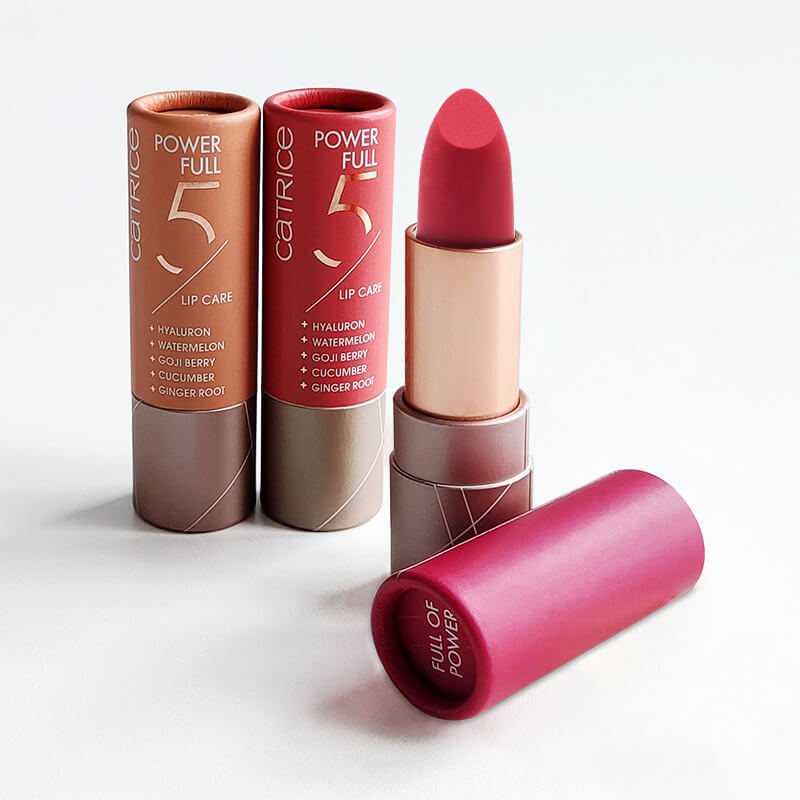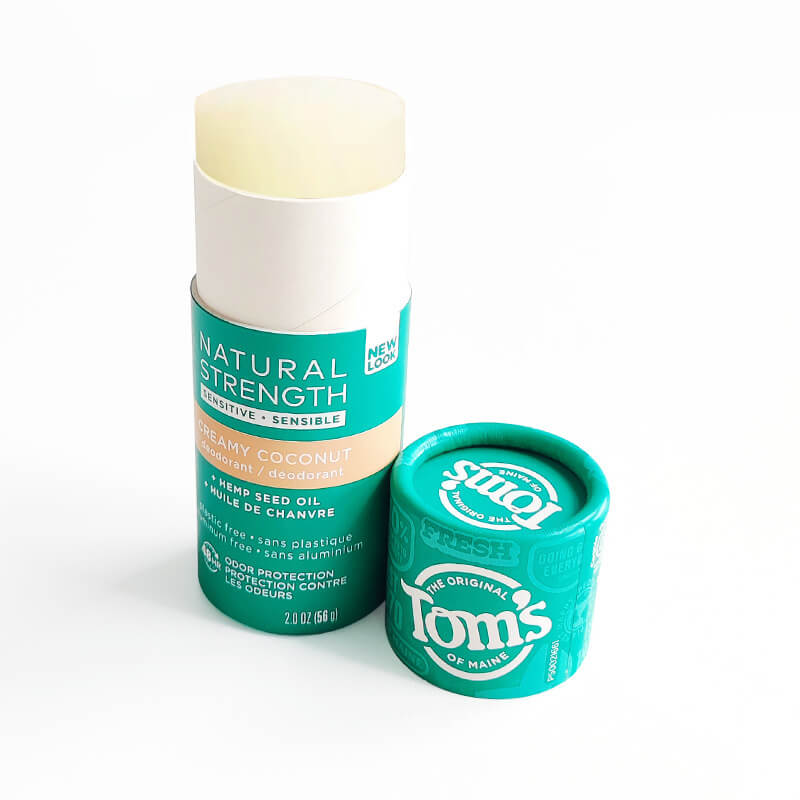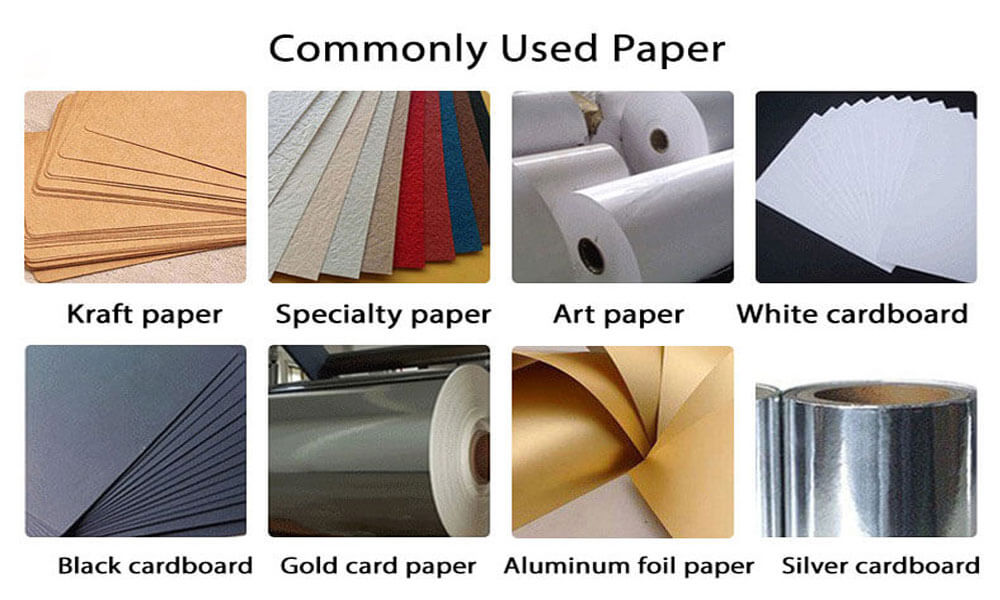Paper packaging - a dual choice of environmental protection and aesthetics
With the increasing awareness of environmental protection, paper packaging has gradually become one of the mainstream choices in the market, especially in food and cosmetics products.
Paper packaging has become more widely utilized in our daily lives than ever before. Compared with plastic, it offers greater design flexibility and craftsmanship, not only adding life and vibrancy to brands but also practicing environmental protection concepts. Below are the main application areas, structural characteristics, advantages, and challenges associated with paper packaging.


Application areas of paper packaging
- Food packaging: In the food industry, the advantage of paper packaging lies in its efficient protective function and convenient opening experience. For example, product designs such as aluminum foil easy to tear lids, dry powder easy to open lids, and food easy to open lids emphasize sealing to ensure freshness and hygiene of food, while also facilitating quick opening and use by consumers. In addition, the new powder cover is specifically designed for powdered food to facilitate precise access by users.
- Makeup and daily chemical packaging: Paper packaging for makeup and daily chemical products not only provides protection, but also enhances the visual effect of the brand. Through the use of circular packaging design, paste and powder container packaging, and other structures, paper packaging endows the brand with a unique beauty. In addition, push and pull packaging designs have also brought new interactive experiences to consumers. Especially with the combination of paper and plastic in the design of alternative clothing, it is more suitable for environmental protection concepts and meets contemporary consumers’ pursuit of sustainable development.
Structure and Process of Paper Packaging
1.Cylindrical structure:
- Fork edge cylinder: The cylinder with a fork edge structure has strong support and is suitable for heavier products.
- Curled edge cylinder: This design adds a smooth edge feel to the product and provides a better hand feel.
- Sleeve type and special paper cylinder: The special paper design makes the packaging more beautiful, especially suitable for high-end product series.
2.Three major front-end processes:
- Printing: CMYK printing and Pantone colors can ensure precise color reproduction, customizing exclusive visual styles for brands, while digital drafts can quickly provide samples for selection.
- Surface treatment: Through glue and oil treatment, the glossiness and durability of the packaging can be improved, making it more suitable for daily wear and tear.
- Craftsmanship: processes such as hot stamping, embossing, and UV screen printing not only enhance the high-end texture of the product, but also improve brand recognition, which is an important way to attract consumers’ attention.

3.Inner design:
The inner tray design of paper packaging can be customized with various materials such as cardboard, flocking vacuum forming, transparent vacuum forming, sponge inner tray, etc. according to product requirements, providing stable support for different products. Especially with the sponge and EVA flocking design, it enhances the softness of the packaging while providing protection.
4.Silk handbag:
Silk handbag is the finishing touch of high-end packaging, adding elegance and delicacy to the product.
Advantages and disadvantages of paper packaging
Advantage:
- Environmental friendliness: Paper materials are biodegradable and widely available, in line with current environmental trends and meeting consumers’ demand for sustainable packaging.
- Design flexibility: Paper packaging has high plasticity in structure and craftsmanship, which can provide more creative visual expression for brands and enhance product attractiveness.
- Lightweight and cost-effective: Paper packaging is lighter compared to glass and metal materials, reducing transportation costs and making it easier to mass produce.
Disadvantages:
- Relatively poor waterproofing: Paper materials naturally absorb water, and although surface treatment can enhance waterproofing, they are still not suitable for products that require prolonged exposure to moisture.
- Limited load-bearing capacity: Paper packaging has weaker load-bearing capacity compared to metal and plastic materials, so it is not suitable for overweight items.
- Low durability: In repeated use, paper packaging wears out quickly, limiting its use in certain scenarios.
Summary
Paper packaging has gradually become a popular choice in the food and cosmetics industry due to its environmental friendliness, design flexibility, and high cost-effectiveness.
Meanwhile Paper packaging allows brands more freedom in terms of creative expression while adhering to environmental trends in modern consumer markets. While its waterproofing and load-bearing capacity have some limitations, with improvements being made constantly over time. Paper packaging not only promotes environmental awareness concepts but it can also add beauty and responsibility into brands’ identities, reflecting lifestyle attitudes that transcend mere product acquisition.
